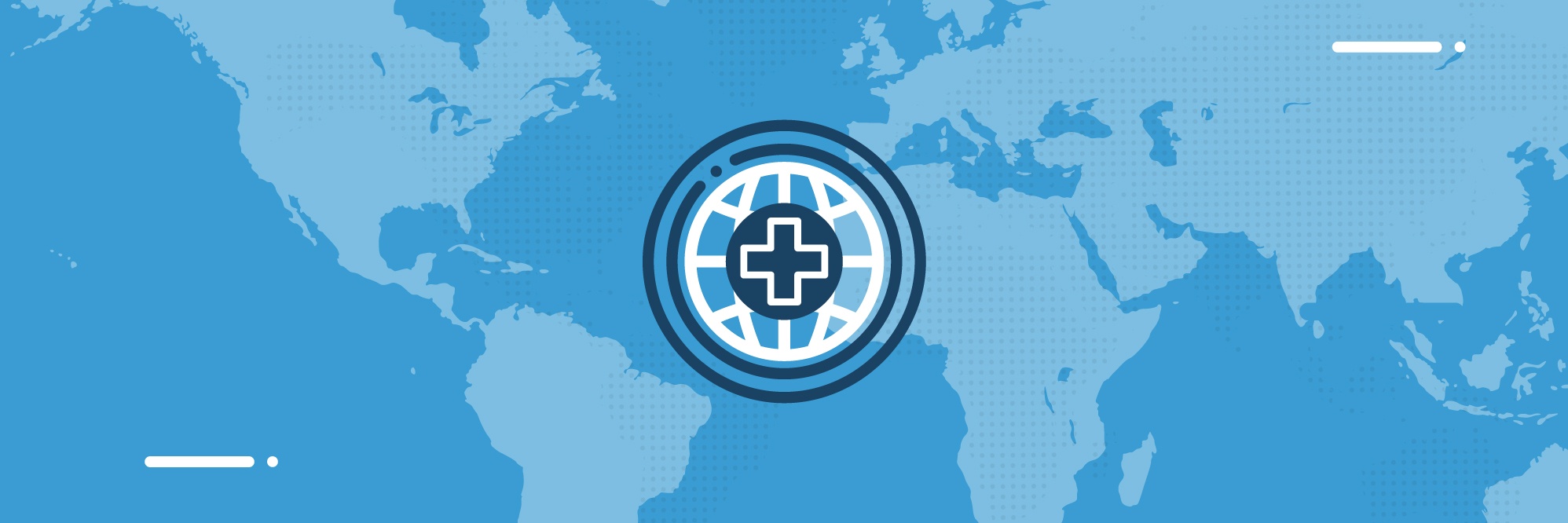By Julia Tsvigun
Foreign aid, budget support, humanitarian assistance, charity, bilateral aid – what do they all mean and why are there so many terms that apparently describe the same thing? If you have ever found yourself pondering that this article is for you.
There are three main types of development aid according to Dambisa Moyo, a Zambian economist, former World Bank consultant, and Goldman Sachs strategist. In her influential book, Dead Aid: Why aid is not working and how there is another way for Africa (2009), Moyo states that the three types of aid are humanitarian or emergency aid, systematic aid, also known as bilateral or multilateral aid, and finally, charity-based aid. All of it is aid, she says, but it differs in size, its source, the cause it is going to, etc. It also dictates the type of organization that can access it.
Let us take a closer look at these three types of aid.
Humanitarian aid or emergency responses are undertaken exactly for what you would think – natural disasters such as earthquakes, tsunamis, floods, droughts, wildfires, etc., and man-made disasters like the Beirut explosion, rising global temperatures, or the consequences of armed conflicts. Whatever the cause, these situations call for international cooperation within those societies or countries affected and also assistance from large organizations that have the necessary funds, the know-how, especially on how to quickly raise funds, and relations with the affected states and can ensure that aid will be successfully sourced and utilized. Among the most well-known charities are the Red Cross, Oxfam, and Habitat for Humanity. Many international organizations also focus on providing humanitarian aid such as the United Nations World Food Programme, and the UN Office for Humanitarian Affairs, etc.
Bilateral or multilateral aid, which is bigger in volume if compared to emergency assistance represents one country’s goodwill to another. It comes in the form of large grants and loans, such as soft loans offered at no or low interest below market rates also known as soft lending or concessional funding. Bilateral aid is transferred directly from one country to the other while multilateral aid is channeled via trustworthy organizations such as development banks – African, Asian, Caribbean Development Banks, the European Bank for Reconstruction and Development, or the World Bank. It is primarily used for infrastructure projects – building roads, railways, dams, strengthening border control and customs, etc. but also for subsidies to state budgets (aka budget support).
Both bilateral and multilateral aid can also be untied or tied, meaning that the donor can legally oblige or free the recipient of the funds from the obligation to purchase goods and services from the donor country which the Organization for Economic Development and Cooperation reports to “increase the costs of a development project by as much as 15 to 30%”.
Another term that you may have heard of is technical assistance. This is a type of aid that can be provided by philanthropic organizations, international organizations such as the UN and its agencies, or as part of bilateral or multilateral aid and is, therefore, difficult to categorize.
This type of assistance arose with the need to rebuild Europe after the devastating effects of the Second World War and the necessity to solve specific issues such as food scarcity and the rebuilding of infrastructure. This is why technical assistance is technical and project-oriented – it is meant to build the capacity of governments and their institutions in specific areas such as agriculture, finance, good governance, health, education, etc.
For example, the International Monetary Fund provides technical assistance and training either by visiting member countries and advising government and central bank officials on specific issues or by providing resident specialists on a short- or long-term basis.
This type of aid can also be referred to as financial aid, but it is important to remember that not all aid is considered to be budget support or technical assistance.
Charity-based aid is smaller in size and is administered by charities or non-governmental organizations or is given to people on the ground. This type of aid is directed towards social issues such as poverty, hunger, homelessness, gender violence, etc. Charities make a difference to individuals, but do not necessarily solve a systemic problem just as soup kitchens do not solve the problem of world hunger. The advantage of this type of aid is its agility and proximity to the communities and individuals affected.
Historically, charity-based aid had religious roots with Christians sending missionaries to convert non-Christians to join the church and at the same time improve their quality of life by teaching them about agriculture and medicine and delivering education.
Read | DevelopmentAid’s article on the religious origin of aid
Today, charitable aid is offered by secular organizations, foundations, and corporations such as the Breast Cancer Research Foundation, Save the Children, the Bill and Melinda Gates Foundation, Dian Fossey Gorilla Fund International, and many others. It is also available to private individuals and many charity watchdog organizations – Charity Watch, Charities Aid Foundation, and Charity Navigator provide detailed advice to individuals as potential donors as to whom and how best to donate to charitable causes while protecting their personal information and remaining safe.
For the last 70 years, the types of development aid have diversified as have the issues this aid intended to address, starting with the reconstruction of Europe and finishing with cybersecurity. What is clear from the latest trends is that the field of international development is changing and becoming more creative with individuals or private corporations seeking to participate in development projects just as international organizations and governments have been doing for years which is why new ways and new types of aid are evolving.

